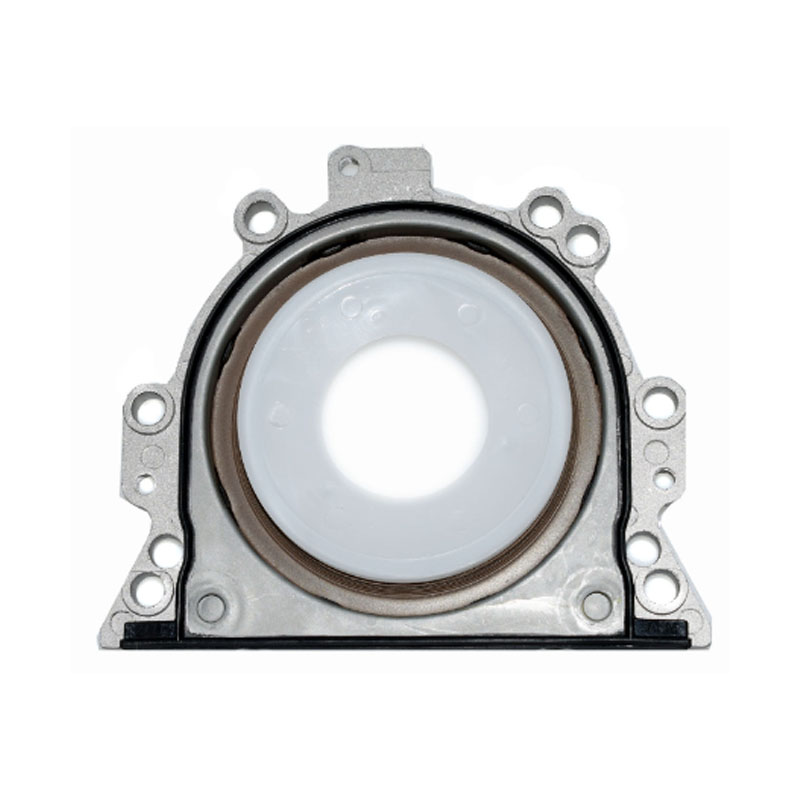Steering Seal Solutions for Enhanced Vehicle Performance and Longevity
Understanding Steering Seals Importance and Function
In the intricate world of automotive design, steering seals play a crucial role in ensuring the smooth operation and longevity of a vehicle's steering system. These components are often overlooked, yet they are essential for maintaining the integrity of the steering mechanism, preventing leaks, and ensuring optimal performance.
What Are Steering Seals?
Steering seals are specialized components that serve to isolate different parts of the steering system. They are typically made from durable materials such as rubber or synthetic compounds, designed to withstand the rigors of temperature fluctuations, pressure changes, and exposure to various fluids. Their primary function is to prevent contaminants from entering the steering system while also containing the hydraulic fluid that enables power steering systems to function effectively.
Importance of Steering Seals
1. Leak Prevention One of the most critical roles of steering seals is to prevent fluid leaks. Power steering systems rely on hydraulic fluid to assist drivers in steering their vehicles. A compromised seal can lead to fluid leaks, resulting in diminished steering performance, increased effort required to turn the wheel, and potential damage to the steering components.
2. Contaminant Exclusion Steering systems are vulnerable to dirt, debris, and moisture. Steering seals act as barriers, keeping these contaminants out of the system. If impurities enter, they can lead to increased wear and tear on the steering components, ultimately causing premature failure.
3. Component Longevity By ensuring that the steering system operates under ideal conditions and is free from leaks and contaminants, steering seals extend the lifespan of various parts, such as the steering rack, pump, and gearbox. This not only saves money on repairs but also enhances vehicle safety.
4. Smooth Operation Properly functioning steering seals contribute to the overall smoothness of the steering process. They help maintain the right amount of pressure within the system, allowing for precise and responsive steering, which is crucial for safe driving.
steering seal

Types of Steering Seals
There are several types of steering seals, each designed for specific applications within the steering system
- O-Rings These circular seals are commonly used in high-pressure situations and are designed to fit snugly in various grooves within the steering assembly.
- Lip Seals With a single or double lip design, these seals are adept at keeping fluids contained while also preventing contaminants from entering the system.
- Gaskets Used primarily at junctions between different components, gaskets play a vital role in ensuring a leak-free connection.
Maintenance and Replacement
Maintaining the integrity of steering seals is essential for optimal vehicle performance. Regular inspections can help identify signs of wear or damage, such as cracks or evidence of fluid leakage. If any issues are detected, timely replacement is crucial to prevent further damage to the steering system.
In conclusion, steering seals may seem like small components within the vast machinery of a vehicle, but their impact on performance and safety cannot be overstated. By understanding their function and importance, vehicle owners can appreciate the role these seals play in providing a safe and smooth driving experience. Regular maintenance and timely replacement of steering seals can lead to improved vehicle longevity and enhanced overall performance, ensuring that drivers remain safe and confident on the road.
-
The Ultimate Guide to Car Repair Kits: Tools and Essentials Every Driver Should Own
News Aug.01,2025
-
The Complete Guide to Oil Pan Gaskets: Sealing Engine Leaks the Right Way
News Aug.01,2025
-
Preventing Oil Leaks: A Complete Guide to Oil Pan Gaskets and Drain Seals
News Aug.01,2025
-
Everything You Need to Know About Oil Pan Gaskets and Drain Plug Seals
News Aug.01,2025
-
Essential for Car Owners: How to Use a Car Repair Kit to Deal with Minor Breakdown
News Aug.01,2025
-
Comprehensive Guide to Engine Oil Sump Gaskets and Related Seals
News Aug.01,2025
-
The Ultimate Guide to Boat Propeller Bearings and Trailer Wheel Bearings
News Jul.31,2025
Products categories















